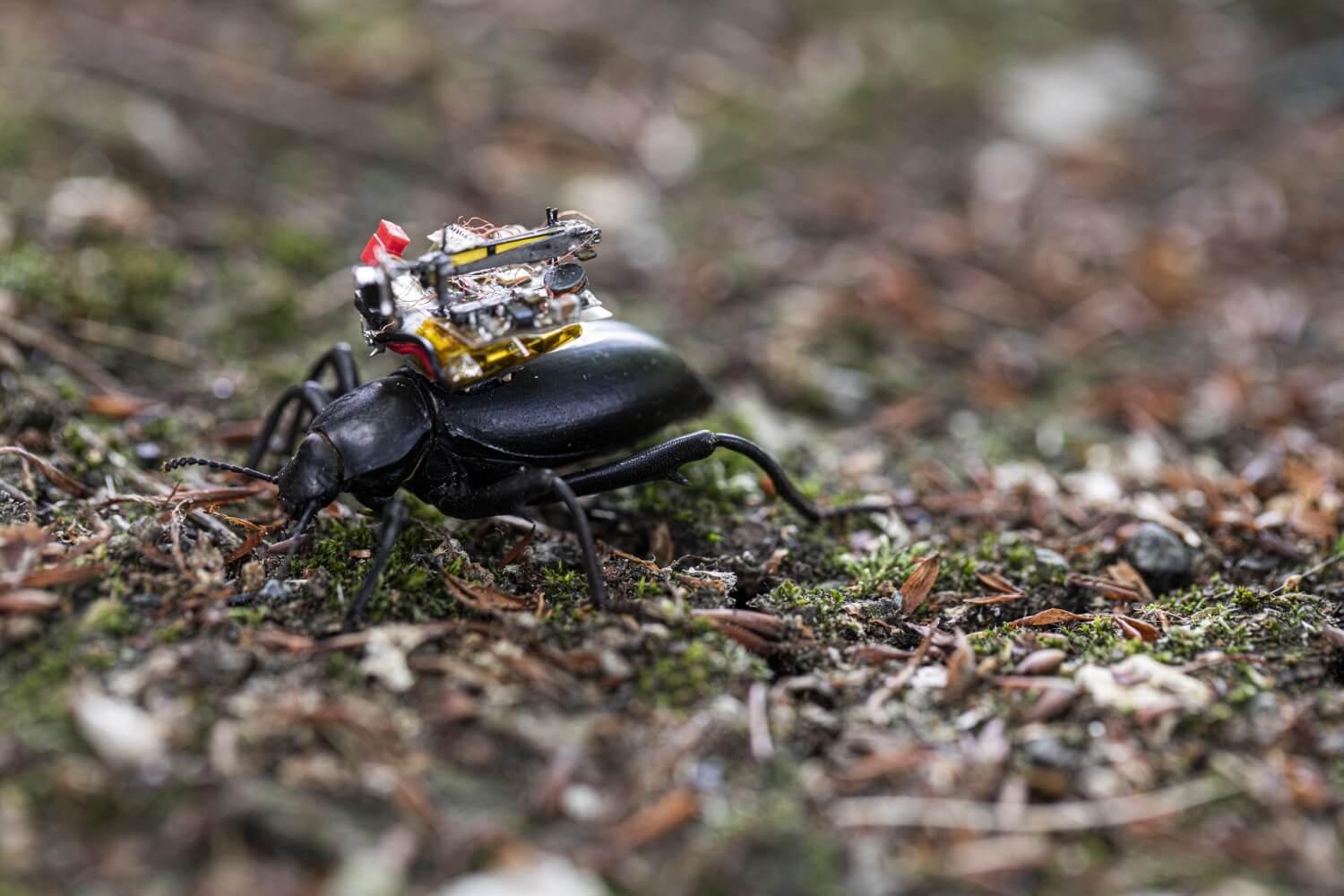The big picture: The researchers aren't turning a blind eye to the potential for abuse, either. Senior author Shyam Gollakota, a University of Washington associate professor in the Paul G. Allen School of Computer Science & Engineering, said, "we strongly believe that it's really important to put things in the public domain so people are aware of the risks and so people can start coming up with solutions to address them."
Researchers from the University of Washington have developed a tiny robotic camera system that is small and light enough to fit on the back of insects like beetles.
The camera can stream live monochrome video to a companion smartphone via Bluetooth at one to five frames per second at a resolution up to 160 x 120 pixels. That's not exactly much to write home about in this day and age of 4k 60 FPS mobile cameras until you factor in its size and the fact that it weighs just 248 milligrams. Plus, it wouldn't take much to significantly boost the performance of the rig although I suspect striking the sweet spot in terms of power usage is key.

Equally as impressive is the fact that the rig features an arm that can pivot up to 60 degrees to create "panoramic" images. The camera also works well in low light, using gain to amplify dark images.
Using an onboard accelerometer to trigger image capture, the team was able to achieve up to six hours of usage from a single 10mAh battery.
Researchers said the rig could be useful when studying insects in the field as they walk freely, providing a first-person view of what the creature is seeing as it navigates its environment.
Ali Najafi, a University of Washington doctoral student in electrical and computer engineering and co-load author on the study, said they made sure the beetles could still move properly when carrying the camera system. "They were able to navigate freely across gravel, up a slope and even climb trees," Najafi added.
Of course, the limited range of Bluetooth could make free-roaming livestreaming a bit tricky over long distances.
Images courtesy Mark Stone, University of Washington
